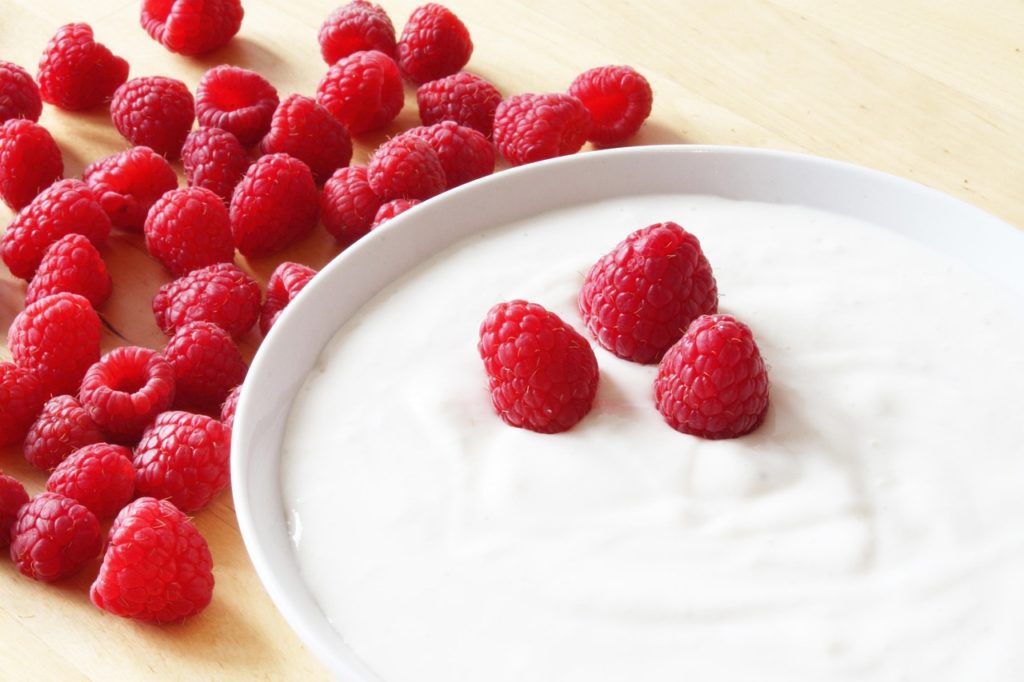
A high intake of lean and oily fish might just be the key to slowing the progression of disability in people with multiple sclerosis (MS). This exciting possibility comes from a recent study published online in the Journal of Neurology Neurosurgery & Psychiatry.
Researchers have highlighted the anti-inflammatory and neuroprotective properties of nutrients found in fish. These properties may be essential in managing MS, emphasizing the potential significance of diet in managing this disease.
Emerging evidence suggests that diet can play a role in the development of inflammatory diseases, including MS. Although past studies have linked fish consumption to lower disability levels in MS patients, very few have explored whether fish consumption might actually slow down the progression of disability.
To delve deeper into this, researchers drew on data from 2,719 newly diagnosed participants in the Epidemiologic Investigation of Multiple Sclerosis (EIMS) study. This Swedish nationwide population-based case-control study included participants with an average age of 38, recruited between April 2005 and June 2015.
Upon joining the study, participants provided information on their environmental exposures and lifestyle habits, including their fish consumption. Fish intake was categorized as never or seldom, 1 to 3 times a month, and weekly. The fish were scored from 2 to 6, depending on whether participants ate lean or oily fish, or both.
The progression of their disease was tracked for up to 15 years using the Expanded Disability Status Scale (EDSS) through the Swedish MS Registry. Confirmed disability worsening was defined as an increase in the EDSS score of at least one point from baseline, sustained across two further check-ups at least six months apart.
The study found that higher fish consumption at diagnosis was associated with a 44% lower risk of confirmed disability worsening. Additionally, there was a 45% lower risk of progressing to EDSS 3 and a 43% lower risk of progressing to EDSS 4 compared to those who ate little or no fish.
Moreover, the trend analysis indicated that the more lean and oily fish consumed, the lower the risk of confirmed disability worsening and progression to EDSS 3 and 4.
In 2021, 1,719 participants completed an online follow-up questionnaire to assess changes in fish intake over time. About 24% of participants had changed their fish consumption—288 had increased it, while 124 had decreased it.
Those who increased their fish consumption score within five years after diagnosis had a 20% lower risk of confirmed disability worsening compared to those who continued eating little or no fish.
Even though only 16 participants increased their fish consumption from a baseline score of 2 to a score of 5-6, they had a 59% lower risk of confirmed disability worsening compared to those who maintained the lowest level of consumption.
The findings remained consistent even when considering other factors such as physical activity, weight (BMI), smoking, alcohol intake, and sun exposure. The results also held true after further adjusting for vitamin D levels.
While this study is observational and cannot establish cause and effect, it opens the door for further research to validate these findings and investigate the underlying biological mechanisms.
The researchers suggest that while omega-3 fatty acids, found predominantly in oily fish, may contribute to reduced disability progression, other factors may also play a significant role. One such factor is taurine, an amino acid abundant in fish and seafood. Taurine, the most plentiful free amino acid in the brain, has diverse cellular functions, including antioxidative and anti-inflammatory effects. This makes it a potential therapeutic agent for neurological disorders.
In conclusion, the results underscore the potential role of diet, especially fish consumption, as a modifiable factor that could complement existing therapeutic strategies for MS. So, incorporating more lean and oily fish into the diet could be a game-changer for managing MS progression.



